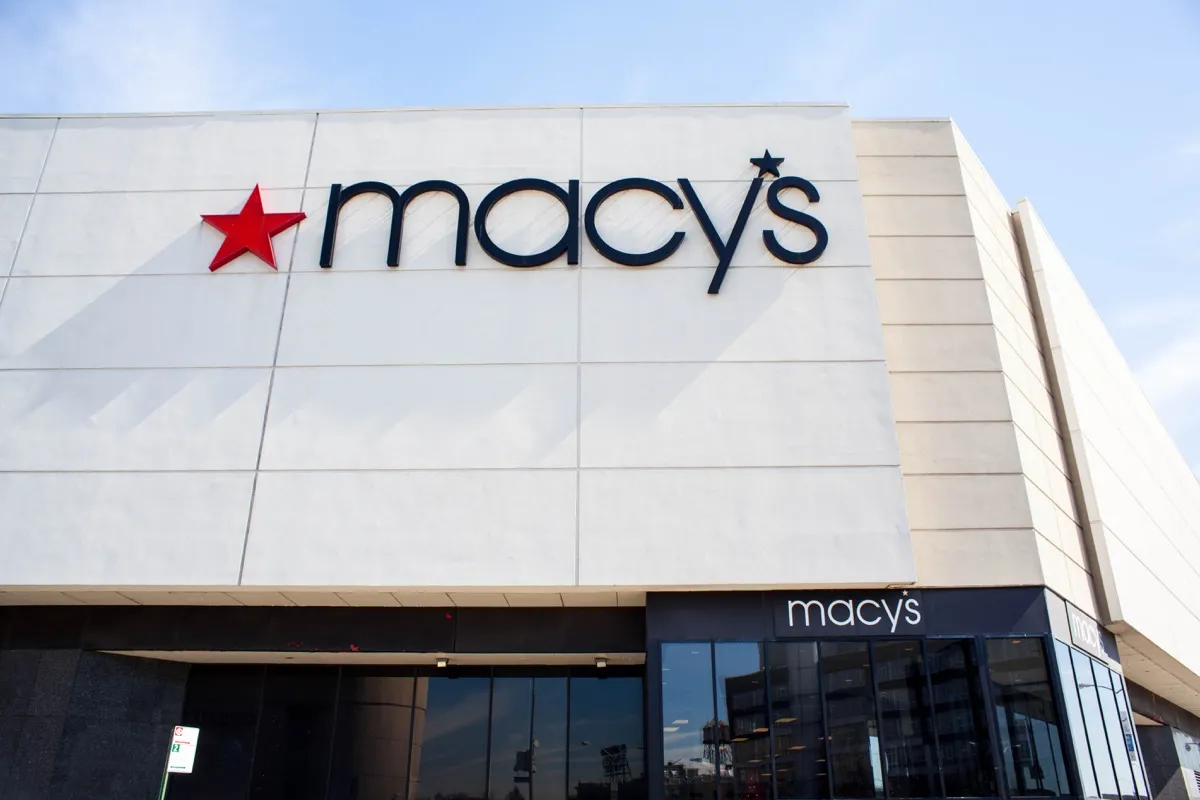Hoover’s Riverchase Galleria Could See $240 Million Redevelopment: Apartments, Arts, and a Walkable City Center on the Horizon
The Riverchase Galleria, once the crown jewel of Alabama retail, may soon trade food courts and anchor stores for apartments, arts, and green space. A new $240 million redevelopment plan reimagines Hoover’s 39-year-old mall as a modern, mixed-use destination that could redefine the city’s core.

On Monday night, the Hoover City Council reviewed a 147-page study by Chicago-based Hunden Partners, which lays out a two-phase vision for the aging retail giant. The goal? To transform the Galleria from a mall in decline into a vibrant, walkable city center, a place where people don’t just shop, but live, gather, and experience culture.
Why Hoover Needs to Rethink the Galleria
The Galleria was once Alabama’s busiest shopping destination, but like malls across the country, it has been battered by online shopping trends and lifestyle center competition. Since 2019, foot traffic has dropped by a staggering 33%, and the city has lost an estimated $75 million in related revenue since 2007.
Mayor Frank Brocato put it bluntly: before any developer or property group could attempt a project of this size, they needed to know what Hoover’s market could actually support. The study provides that blueprint.
Despite its struggles, the Galleria has advantages most cities would envy: a central location, excellent visibility, and easy access. The issue isn’t where it sits, it's what it has become. According to the study, the property simply has too much retail space, and some of it must go.
Phase One: Arts Take the Spotlight
The first phase of redevelopment centers around the now-vacant Sears building, which would be demolished and replaced with:
28,000 square feet of new retail space
A 1,100-seat performing arts center to serve as the cultural anchor
A 25,000-square-foot public plaza and greenspace for community gatherings
Developers believe the performing arts center could serve as Hoover’s “stake in the ground,” a bold signal of civic investment. City leaders are even considering moving some government offices to the site to underscore their commitment.
Phase Two: Goodbye Macy’s, Hello Living Spaces

The second phase would be more ambitious. It hinges on the fate of Macy’s, currently the last operating location in Alabama. (The store was put on the market in 2024, suggesting its days may be numbered.) If Macy’s closes or relocates, the plan calls for demolishing its boxy footprint and replacing it with:
260 apartments, ranging from high-end multifamily units to condos, senior housing, and townhomes
16,000 square feet of new retail
A 19,000-square-foot public plaza with greenspace
This mix of living, shopping, and leisure reflects broader real estate trends, where malls are reborn as live-work-play hubs rather than purely retail corridors.
The Economic Upside
If fully realized, the redevelopment could be a game-changer for Hoover’s economy. The study estimates:
$396 million in net new spending
$74 million in new earnings
156 full-time equivalent jobs
$9.2 million in new city tax revenue over 10 years
That kind of impact could ripple far beyond Hoover, potentially inspiring other Alabama cities to reimagine their fading retail landmarks.
A Conceptual Plan, Not a Done Deal
It’s worth noting: these proposals are conceptual, not finalized construction plans. Financing would likely require a public-private partnership, with the city contributing land acquisitions, infrastructure reimbursements, or tax incentives to sweeten the pot for developers.
Still, the vision is bold. Instead of watching its landmark mall wither, Hoover has a chance to transform the Galleria into a 21st-century city center — a place with apartments instead of empty corridors, art instead of shuttered stores, and green plazas instead of gray parking lots.
The full study is available on the city’s website, under the “News and Spotlights” section at the bottom of the homepage.







